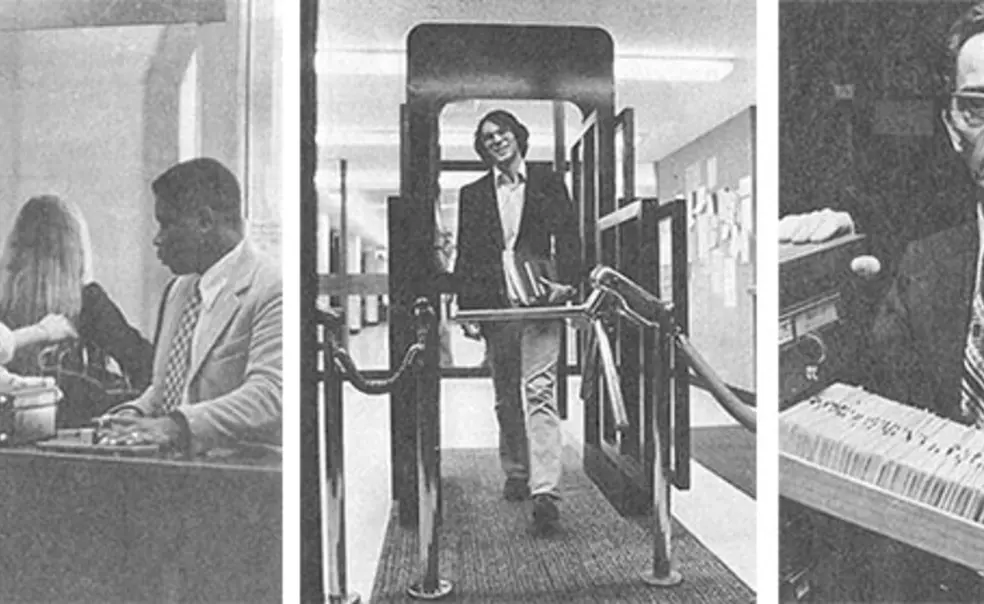#ThrowbackThursday: Keeping Books in Circulation
[
On a winter Friday 33 years ago, local police found more than 2,000 stolen library books â including nearly 1,000 from Princeton University and the Princeton Theological Seminary â at the home of a former graduate student. It wasnât the first time the University had dealt with book theft. In January 1978, Firestone Library estimated that some 150,000 its volumes had disappeared, almost certainly as a result of theft. âOne year we put the books out, the next year theyâre gone,â Peter Cziffra, then the head of the Fine Hall math and physics library, told PAW. (The storyâs headline: âCrime in the Stacks.â) Thievery at Firestone was so rampant that by 1982, the library had limited its access to all but students and faculty members. The policy drew the ire of students and community members, who organized demonstrations, including a candlelight vigil. Today, Firestone Library still is only openly accessible to students, faculty, and staff. (Alumni have access to online resources and can pay a reduced rate for borrowing privileges.) As part of Firestoneâs long-term renovation project, which began in 2010, a digital card sensor was installed in 2012, requiring users to swipe their University ID card in order to enter through an electronic gate. A new book detector system also was put in place to scan for books that have not been checked out. PAW wrote in its 1978 piece that it takes âno ingenuity to steal a Princeton library book.â In the words of one student, âYou just put the book in the waistband of your pants where itâs covered by your jacket and walk straight out. No oneâs going to stop you.â Decades later, technology and restrictions have made theft in the stacks more difficult, if not a thing of the past.












No responses yet